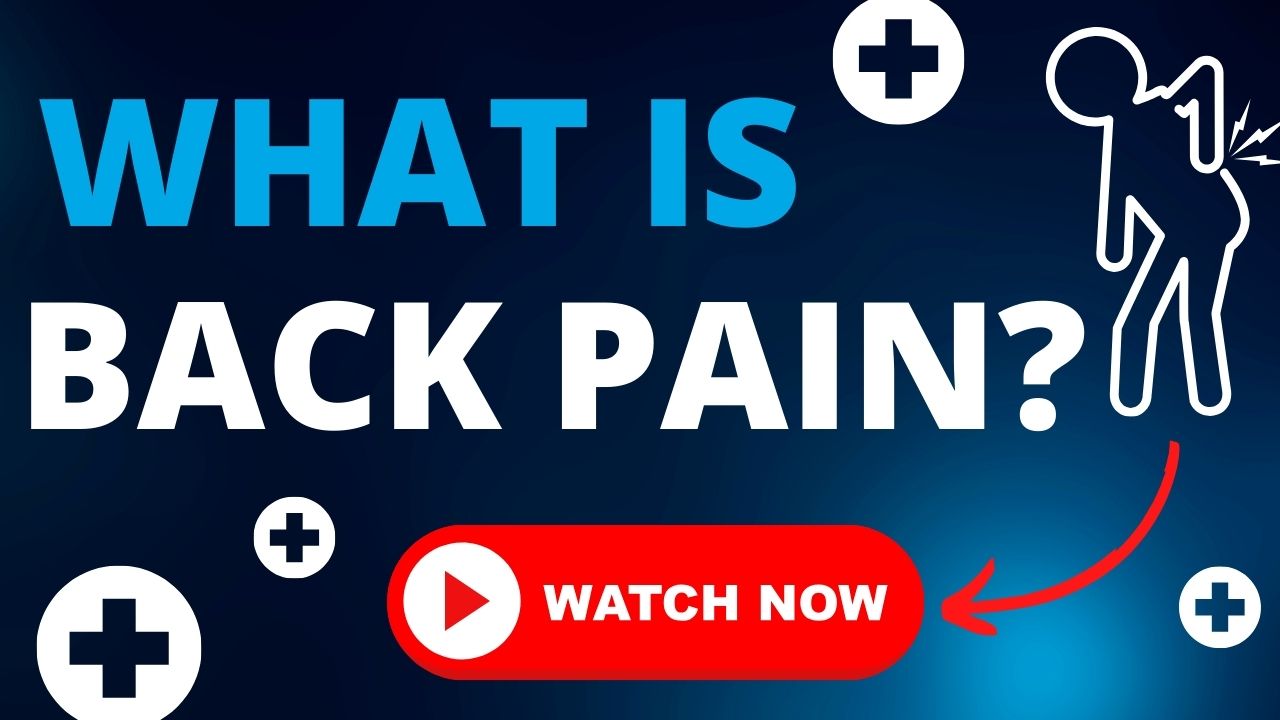
TREATMENT OVERVIEW
Endoscopic Rhizotomy is an advanced, ultra-minimally invasive procedure designed to provide long-lasting relief from chronic back and neck pain. By using a high-definition camera (endoscope), this technique allows your doctor to directly visualize and precisely deactivate the specific sensory nerves that are transmitting pain signals from arthritic facet joints, offering significant pain relief without the need for fusion or major surgery.


PROCEDURE DETAILS
After you are given IV sedation to ensure you are comfortable, a very small incision (less than 1 cm) is made over the target area. A thin tube called an endoscope, which has a camera, light, and working channel, is guided to the painful nerve.
Unlike traditional 'blind' rhizotomy, the endoscope provides a direct, high-definition view of the nerve. This allows your doctor to confirm the exact nerve causing your pain and avoid surrounding tissue.
A specialized radiofrequency (RF) probe is passed through the endoscope. Your doctor will test the nerve to confirm it's the right one (you may feel a familiar sensation). Then, thermal energy is applied to create a lesion, deactivating the nerve and stopping the pain signals.
TREATMENT ADVANTAGES
The endoscopic approach transforms rhizotomy from a 'blind' procedure to a precise, visualized one, offering significant advantages for treating chronic facet joint pain.
The endoscope's camera allows for direct visualization of the nerve, ensuring the correct target is treated, which is not possible with traditional techniques.
By deactivating the pain-sending nerve, a successful rhizotomy can provide pain relief that lasts from 6 months to several years.
The incision is tiny (often just one stitch), leading to almost no scarring and minimal tissue disruption.
Most patients go home the same day and can resume normal activities within a few days.
The procedure does not cut muscle and does not require implants or fusion, preserving the natural structure of your spine.
Direct visualization increases the likelihood of a successful ablation and significant, lasting pain reduction.
IMPORTANT INFORMATION
Endoscopic rhizotomy is a very safe procedure, especially with endoscopic guidance. Risks are rare but are important to understand.
Important: This procedure is not a 'cure' for arthritis, but a way to 'turn off' the pain it causes. The nerve can eventually grow back, but the procedure can be repeated if pain returns.
PREPARATION GUIDE
Preparation is simple and focused on ensuring your safety and comfort during the procedure.
You must have had successful diagnostic nerve blocks (e.g., medial branch blocks) to confirm you are a candidate.
You must stop blood thinners (Aspirin, Plavix) and NSAIDs as instructed by your doctor, typically 5-7 days before.
Do not eat or drink after midnight. You must have a responsible adult drive you home due to the sedation.
Wear loose, comfortable clothing. You will change into a gown for the procedure.
RECOVERY GUIDE
Recovery is typically very quick. Most of the recovery is just letting the small incision heal and the nerve 'quiet down'.
After the ~1-hour procedure, you'll be monitored as the sedation wears off. You will go home the same day.
You will have soreness at the small incision site, easily managed with ice and over-the-counter pain relievers. You can walk and do light activities.
This is the key period. Some patients feel relief immediately. Others may experience a temporary increase in nerve pain (neuritis) before the full, lasting relief sets in.
The full benefits are typically felt by 2-3 weeks. You can resume all normal activities, including physical therapy, to strengthen your core and supporting muscles.
Please don't hesitate to reach out and request an appointment. We look forward to meeting with you, addressing your concerns, and working together to enhance your quality of life.